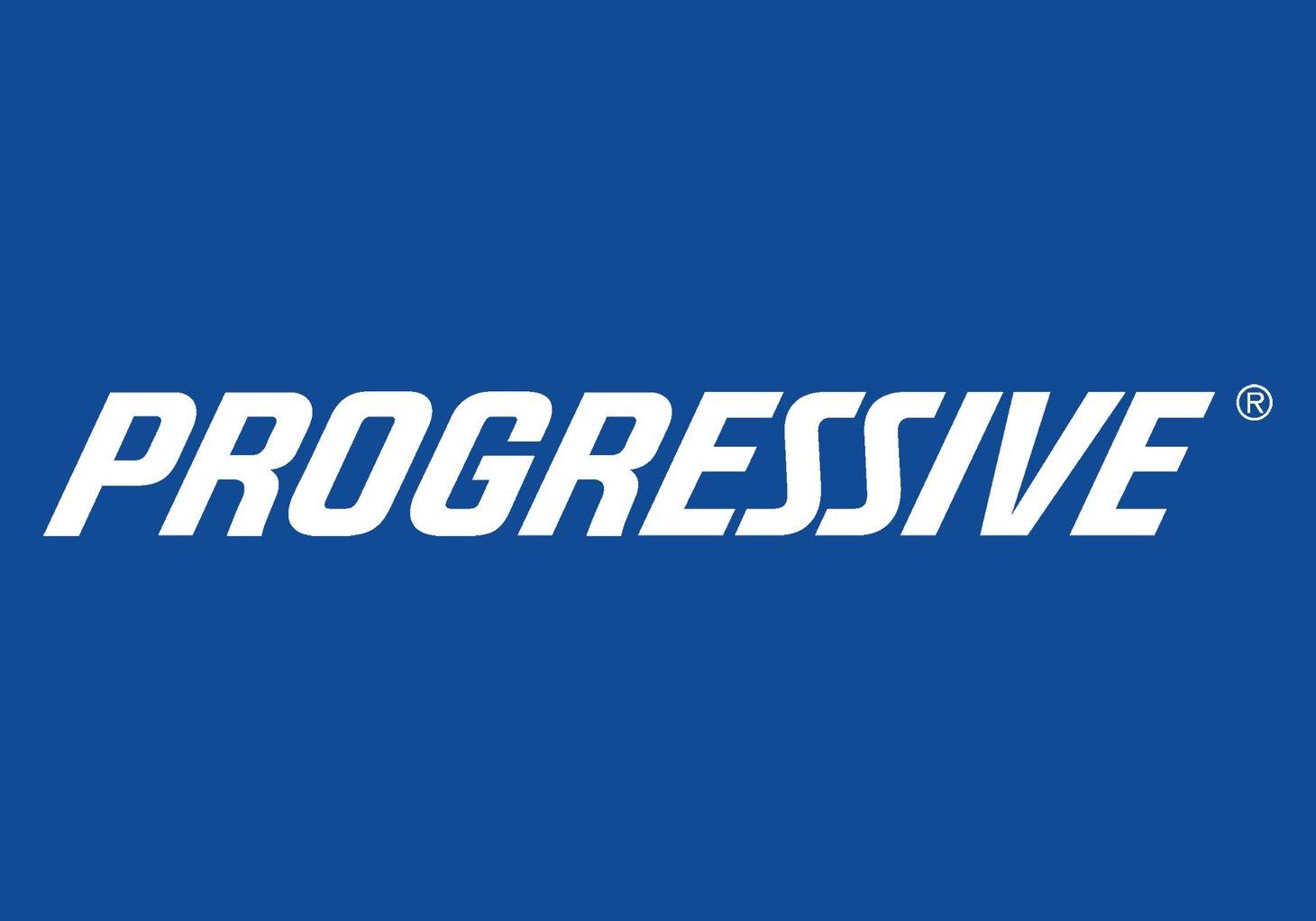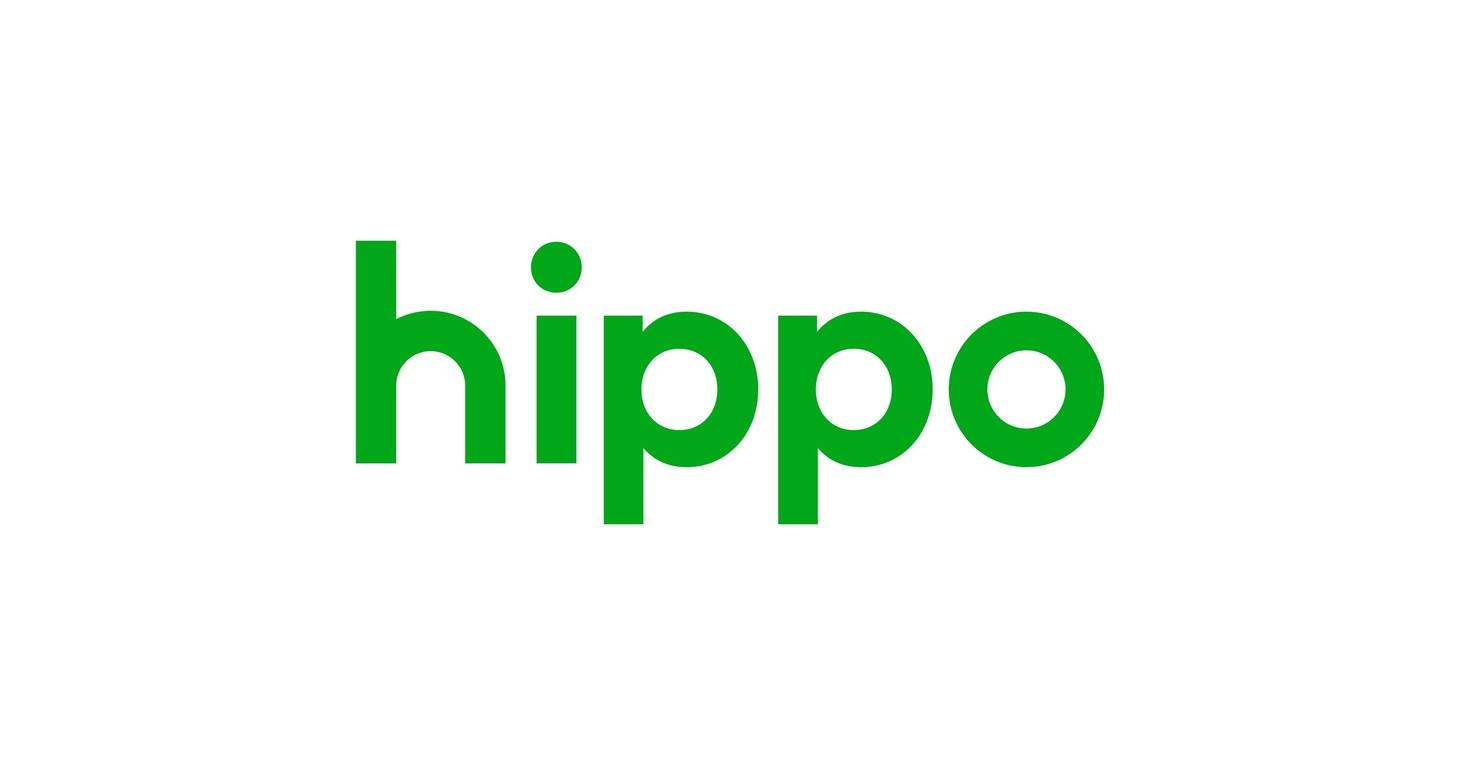Commentary/Opinion

Let's Not Get Carried Away | Insurance Thought Leadership
Two recent articles argue that generative AI creates an existential threat for management consulting — and by extension, big parts of insurance. Not so fast.
Recent articles by a Wall Street Journal reporter and by a highly regarded veteran journalist suggest that generative AI could render management consulting firms obsolete. The headline in the WSJ begins, "AI Is Coming for the Consultants," and refers to an "existential" threat to McKinsey. The headline's dek reads: "If AI can analyze information, crunch data and deliver a slick PowerPoint deck within seconds, how does the biggest name in consulting stay relevant?"
But let's not get carried away just yet.
From my perspective both as a long-time follower of technology and of insurance and as a former partner in a 2,000-person management consulting firm, gen AI will require adapting the business model for consultants and, perhaps a bit later, insurers. But gen AI will actually accentuate the value of the sharpest consultants and the best underwriters, claims professionals, and agents and brokers — not put them out of business.
As a way of sorting through the hype and the reality surrounding generative AI, I thought it would be worth taking a look at what's really likely to happen.
Paul Carroll, Editor-In-Chief, Insurance Thought Leadership
Top 5 Challenges Facing P&C Insurance MGAs and How an AMS Can Help
Managing General Agents (MGAs) in the Property & Casualty (P&C) insurance space are under increasing pressure to scale, comply, and remain competitive. Between manual processes, compliance demands, and producer relationships, the operational load can quickly become overwhelming.
This is where a modern Agency Management System (AMS) can make a significant impact. Let’s break down the top five challenges MGAs face and how the right AMS solution can solve them.
Risk & Insurance - Four Key Considerations: The Executive Playbook: Navigating Uncertainty. Unlocking Opportunity.
Crawford & Company’s Rohit Verma shares his global view of risk and insurance.
In advance of the Insurance Information Institutes’ Joint Industry Forum, which took place in Chicago on June 18, Risk & Insurance® spoke to Rohit Verma, president and CEO of Crawford & Company. Verma participated in a panel discussion at the JIF, titled "The Executive Playbook: Navigating Uncertainty. Unlocking Opportunity."
Appearing alongside Verma were J. Powell Brown, president and CEO of Brown & Brown; John Marchioni, chairman, president and CEO of Selective Insurance; and Susan Rivera, the CEO of Tokio Marine HCC. The panel was moderated by CNBC correspondent Contessa Brewer.
AI in Insurance

Artificial Intelligence insurance premiums to hit $4.8 billion within 7 years
New report predicts big boom – and soon
As artificial intelligence embeds itself deeper into the fabric of modern life, industries from healthcare to transportation are reconfiguring how they operate. But as machines take on tasks once reserved for humans-driving, diagnosing, even writing-the risk landscape is shifting dramatically, and insurers are being forced to catch up.
For every promise AI delivers-greater efficiency, faster decision-making, and cost savings-it brings a parallel stream of uncertainties. Who is accountable if a self-driving vehicle causes a crash? What happens when generative AI spreads misinformation, or when automated hiring tools discriminate unlawfully?
These are no longer hypothetical concerns. In recent years, algorithmic missteps have had real-world repercussions, from flawed COVID-19 diagnostic models to fatal accidents involving autonomous vehicles. A 2023 Stanford University report noted a staggering 2,500% surge iin AI-related incidents and controversies since 2012.
InsurTech/M&A/Finance💰/Collaboration

Datos Insights expands insurance advisory capabilities with acquisition of InsTech
Strategic acquisition combines Datos' deep technical expertise with InsTech's trusted community of UK senior insurance executives, strengthening transatlantic advisory capabilities . Strategic acquisition combines Datos' deep technical expertise with InsTech's trusted community of UK senior insurance executives, strengthening transatlantic advisory capabilities.
Datos Insights, a leading global provider of data and advisory solutions to the financial services and insurance industries, today announced the acquisition of InsTech, the prominent London-based insurance innovation community and advisory firm. The strategic combination brings together Datos’ deep practitioner expertise and sophisticated data and analytics capabilities with InsTech’s established network of senior insurance executives and extensive experience in emerging technologies and risk methodologies.
The acquisition enables significant cross-market expansion for both organizations, with Datos strengthening its presence in the critical London Market that both serves and supports US carriers, while InsTech will benefit from enhanced analytical capabilities and expanded reach, leveraging Datos’ deep roots within the US market. The combination is particularly strategic given the interconnected nature of global insurance markets and the London Market’s pivotal role in international coverage.
Climate/Resilience/Sustainability
Viewpoint: Green Technologies Bring New Property Risks – and Opportunities
From roof-mounted solar panels and automated warehouses to electric vehicle depots, green technologies are transforming commercial property risk profiles.
While these innovations improve energy efficiency and sustainability, they also introduce new challenges: including fire hazards from solar photovoltaic (PV) systems, elevated fire loads from robotics, and lithium-ion battery risks in automotive manufacturing plants and electrical vehicle hubs.
Financial Results

Earnings call transcript: Progressive’s Q2 2025 earnings beat expectations By Investing.com
Company Performance
Progressive Corp showcased robust performance in Q2 2025, driven by strategic initiatives and market expansion. The company added over $5 billion in premiums written and increased its personal auto market share by 1.5 points in 2024, the largest gain in 15 years. This growth reflects Progressive’s successful execution of its strategic pillars, focusing on people, product breadth, brand, and competitive pricing.
The company’s revenue growth of 21.5% year-over-year and market capitalization of $143 billion underscore its position as a prominent player in the insurance industry. Want deeper insights? InvestingPro subscribers have access to over 30 additional financial metrics and exclusive analysis.
Financial Highlights
- Revenue: $20.08 billion, missing the forecast of $20.48 billion.
- Earnings per share: $5.40, exceeding the forecast of $4.36.
- Premiums written increased by over $5 billion.
- Marketing expenses rose to $2.5 billion, up $900 million from last year.
Complete article with EPS information

Lemonade Shareholder Letter Q2 2025
Dear Shareholders,
Our second quarter results were very strong, once again headlined by accelerating growth, healthy underwriting performance, and excellence in expense management. The quarter saw momentum continue to build in two of our high potential growth engines – Car and Europe, which we’ll dive into in a bit more detail. Looking ahead, we have raised full year 2025 IFP, GEP, and Revenue guidance while reiterating full year 2025 Adj. EBITDA guidance. Here’s a look at the key metrics:
• Top Line: At $1.08 billion, In Force Premium grew 29% YoY, our seventh consecutive quarter of growth acceleration. while Revenue grew 35%.
• Loss Ratio: Trailing twelve months (“TTM”) gross loss ratio improved by 3 points sequentially to 70%, comfortably in line with our target range. Our second quarter gross loss ratio of 67% was 12 points improved relative to the prior year.
• Gross Profit: Increased by 109% year on year to $64.3 million, while gross margin improved by 14 points to 39%.
• Operating Expenses: Increased by $23 million, or 21%, primarily driven by a $24 million, or 93% increase, in growth spend, consistent with our accelerating growth plan. Excluding growth spend, operating expenses declined by $1 million, or 2%, vs. the prior year.

Hippo Reports Second Quarter 2025 Financial Results
Hippo (NYSE: HIPO), the tech-enabled insurance group proactively protecting homeowners and supporting program insurance partners, today announced its consolidated financial results for the quarter ended June 30, 2025.
"We stacked another strong quarter, with more than 30% revenue growth, a major improvement in our net loss ratio, and increased operating leverage—all of which helped us achieve positive net income from operating activities for the first time," said Hippo President and CEO Rick McCathron. "We also announced a strategic partnership that will accelerate our growth and diversification, while strengthening our balance sheet with a $100 million capital infusion. In addition, we launched two exciting new commercial and casualty programs on our hybrid fronting platform, unlocking important new sources of diversification and profitability."
Complete financial results and full year guidance for 2025 can be found in the company's shareholder letter in the Investor Relations section of Hippo's website at https://investors.hippo.com/.
Second Quarter Highlights
Top-Line Momentum and New Program Launches
- Gross Written Premium up 16% YoY to $299m, driven by organic growth in existing and new hybrid fronting programs launched
- Revenue grew 31% YoY to $117m, driven by an increase in gross earned premium and higher premium retention
A Step-Change in Net Loss Ratio
- Consolidated Net Loss Ratio of 47%, a 46pp improvement YoY, powered by underwriting and rate actions, better claims operations, and favorable reserve releases
- HHIP net loss ratio of 55%, a 58pp YoY improvement, driven by better gross loss ratio
- HHIP non-PCS loss ratio of 42%, a 28pp improvement YoY; PCS loss ratio at 13%, a 30pp improvement YoY, boosted 7pp by favorable reserve releases
Announcements

Guidewire's Niseko Release: A Catalyst for P&C Insurance Efficiency and Investor Opportunity
Niseko release, launched on August 4, 2025, stands as a landmark advancement in this space. By integrating AI-driven automation, advanced data models, and cloud-native tools, Niseko is not just optimizing operational workflows—it is redefining how insurers achieve financial clarity and manage risk at scale. For investors, this release signals a pivotal moment in Guidewire's journey, offering a compelling case for capitalizing on its innovation-led growth trajectory.
At the heart of Niseko lies a suite of features designed to transform raw data into actionable insights. The introduction of Policy and Claims Insurance Data Models marks a paradigm shift. These auto-generated, dimensional models simplify access to Guidewire's InsuranceSuite data, enabling insurers to analyze premiums, losses, and risk exposure with unprecedented speed. By embedding financial and operational intelligence directly into the data layer, Niseko reduces the time and effort required for complex analytics, allowing insurers to respond to market shifts and regulatory demands proactively.
Davies Expands Flood Division to Manage Large-Scale Claims in North America
Professional services and technology firm Davies launched a dedicated flood services division, expanding on its existing flood claims management.
The move is expected to enhance the firm’s ability to manage large-scale claims, including both private flood and National Flood Insurance Program claims.
Jessica Chambliss has been appointed senior vice president, flood services, to lead the team. She joins from Colonial Claims, LLC and has 25 years of experience in the financial and insurance industries, including 15 years in flood claims leadership. Her career includes senior roles at both independent adjusting firms and flood TPAs.
Today

Mandatory evacuations, health warnings, hundreds of buildings under threat as new blaze spreads
New wildfire intensifies pressure on California's insurance sector
As the Gifford Fire continues its aggressive march through the coastal counties of Santa Barbara and San Luis Obispo, insurance industry stakeholders are confronting the escalating risks posed by yet another catastrophic wildfire season that shows no signs of adhering to historical norms.
“The Gifford Fire highlights the growing volatility of climate-related risks that has insurers scrambling to catch up to the new reality of their exposure to loss,” Mike Lane, Commercial Risk Consultant at Reagan Companies told Insurance Business’s Chris Davis. “We're now seeing heightened concern around liability exposures particularly for utilities, contractors, and property owners.”
The fire, which ignited August 1 from multiple ignitions along State Route 166, has scorched over 72,000 acres of rugged terrain in Los Padres National Forest. Officials on Monday reported containment at just 5 percent, with at least 870 structures under direct threat and mandatory evacuation orders spanning more than a dozen zones.
“We’re seeing extremely challenging and difficult terrain,” said Don Fregulia, operations section chief with California Interagency Incident Management Team 5, in a video update posted Monday. “The fire has been extremely active as it works to the south along the Cuyama Valley.”
Podcast Sponsor

Audio Version - 'Connected: The Podcast' --- Sponsored by Pulse Podcasts
The ‘Connected’ Podcast by Alan Demers and Stephen Applebaum, is a condensed audio version of the day's ‘Connected' newsletter, a daily scan of all the happenings in the world of Insurance & InsurTech News.
Pulse Podcasts: Introduce a new way for your audience to hear your voice! We are a podcast creation service that helps businesses turn their written content, like blog posts and news articles, into beautiful podcasts. Our platform writes the script, records the voices, and mixes the audio to create engaging content for your audience. It's affordable and has super-fast turnaround!
LISTEN AND SUBSCRIBE BELOW
